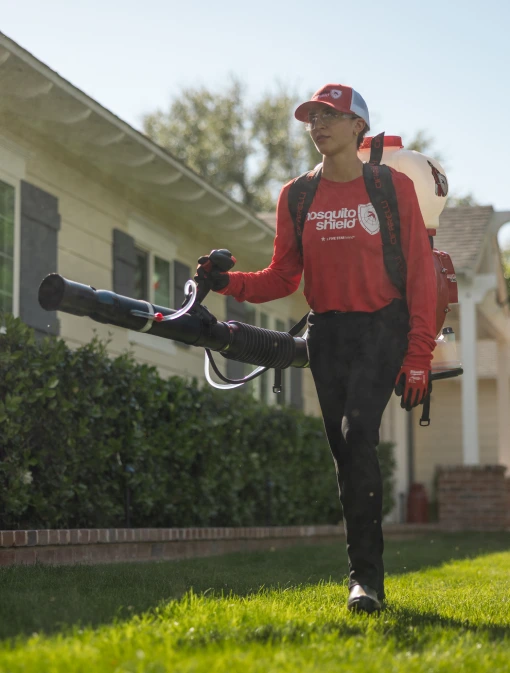Experience relaxation and peace in your Far North Dallas backyard with our proven mosquito control solution. Trusted by families in Far North Dallas, our innovative approach not only repels mosquitoes but also establishes a durable barrier customized to your outdoor environment. Mosquito Shield of North Dallas is dedicated to creating mosquito-free zones, so you can enjoy your outdoor spaces without interruption.
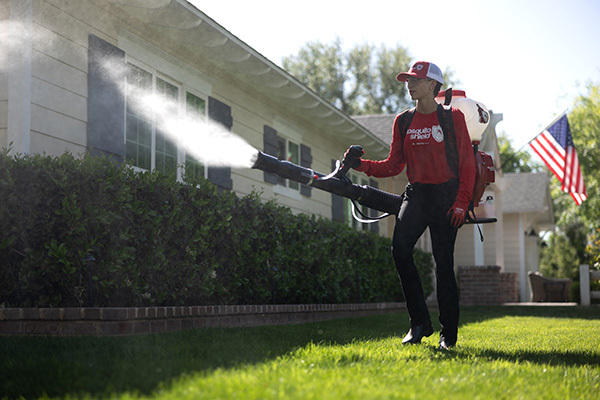
Effective mosquito control in Far North Dallas, TX, that drives mosquitoes away and keeps them out of your yard.

Enjoy mosquito-free outdoor time in Far North Dallas with treatments designed to provide lasting results.
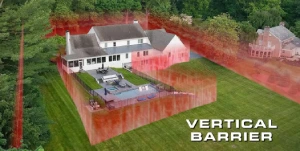
Highly rated mosquito control services in Far North Dallas, trusted by residents to enhance outdoor living.
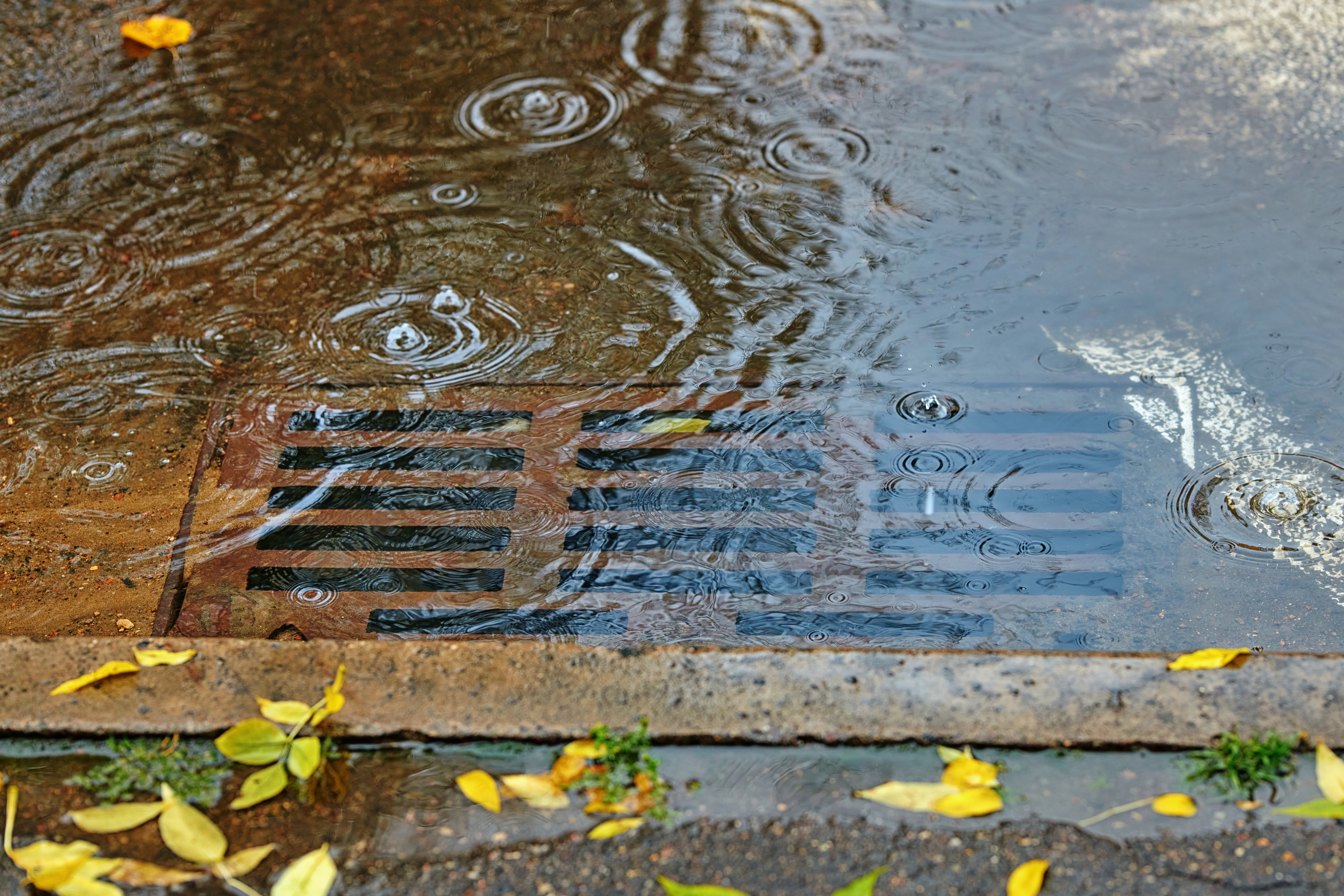
Heavy spring rains and snowmelt can create temporary pools, especially in floodplains and low-lying areas, which attract floodwater mosquito species like Aedes vexans.

Standing water from irrigation systems or farm equipment can provide mosquito breeding sites in rural areas.
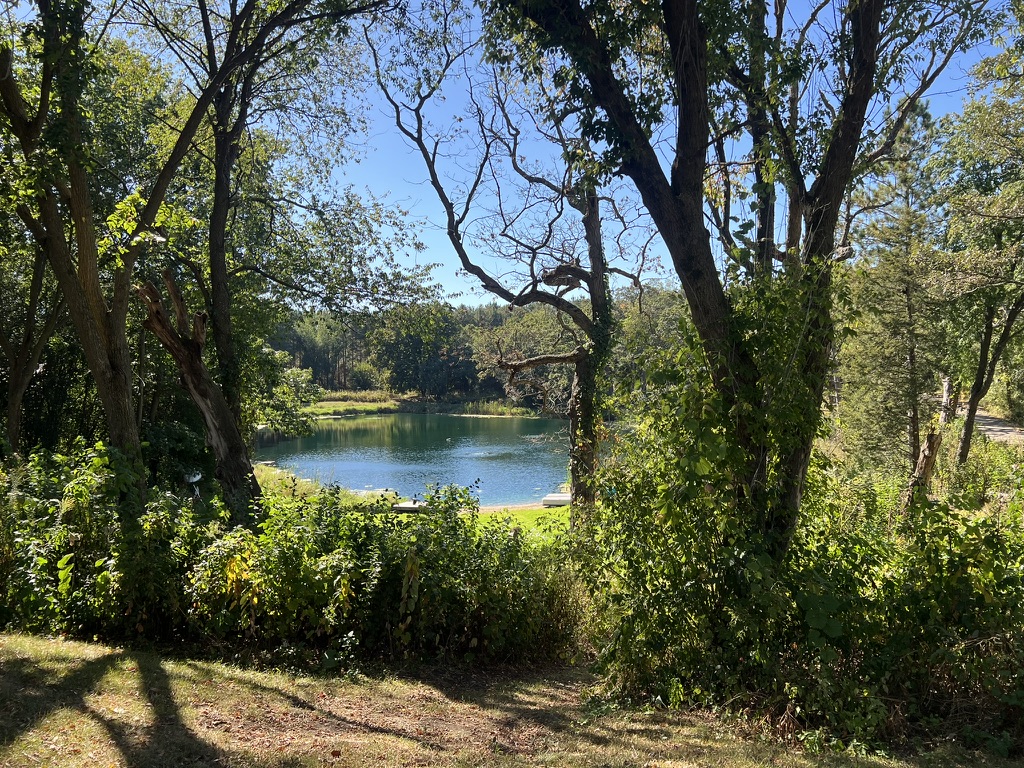
Mosquitoes avoid open, windy areas and prefer sheltered environments such as tree canopies, tall grass, and shrubs.

Far North Dallas, Texas, is a bustling, upscale area located in the northern section of Dallas, known for its beautiful neighborhoods, extensive park systems, and top-rated schools. With outdoor gems like Campbell Green Park, Katie Jackson Park, and nearby trails and creeks, residents enjoy a vibrant suburban lifestyle that blends city convenience with natural beauty. However, the area’s hot, humid summers, lush landscaping, and numerous water features make it an ideal environment for mosquito and tick activity during much of the year.
The blend of residential green spaces, creeks, and landscaped yards in Far North Dallas creates perfect conditions for mosquitoes and ticks to thrive without proactive management.
Residents in Far North Dallas face seasonal threats from mosquito-borne illnesses like West Nile Virus and Zika Virus, along with tick-borne diseases such as Lyme disease and Rocky Mountain Spotted Fever. With so many outdoor recreational areas and backyard gathering spots, consistent mosquito and tick control is essential for maintaining public health and comfort.
To help minimize these risks, residents and property owners are encouraged to:
Eliminate standing water around properties, including in flowerpots, gutters, and outdoor décor.
Use insect repellent and wear protective clothing when outdoors, particularly during early mornings and evenings.
Implement regular professional mosquito and tick treatments for residential and shared green spaces.
As a trusted mosquito control provider, we deliver targeted treatments that help reduce pest populations and protect the active outdoor lifestyle that Far North Dallas residents value.

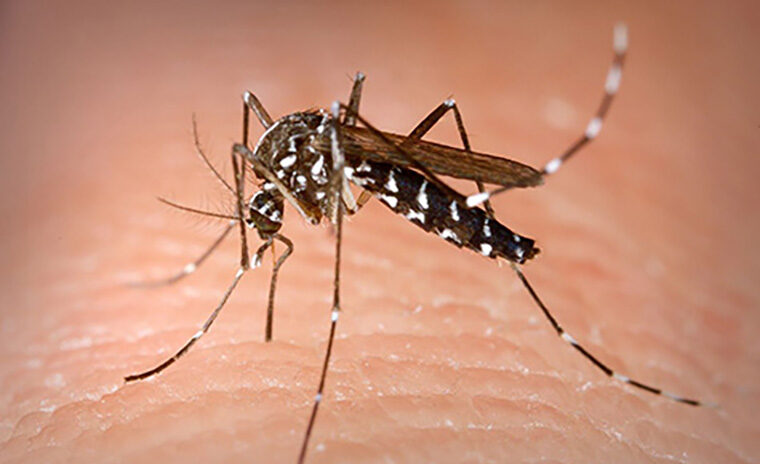
Identification: Small, black mosquito with white stripes on legs and a lyre-shaped pattern on its thorax.
Habitat: Prefers residential areas—breeds in containers like flowerpots, buckets, toys, and clogged gutters.
Behavior: Aggressive daytime biter; targets humans.
Health Risks: Known carrier of Zika virus, dengue, and chikungunya.
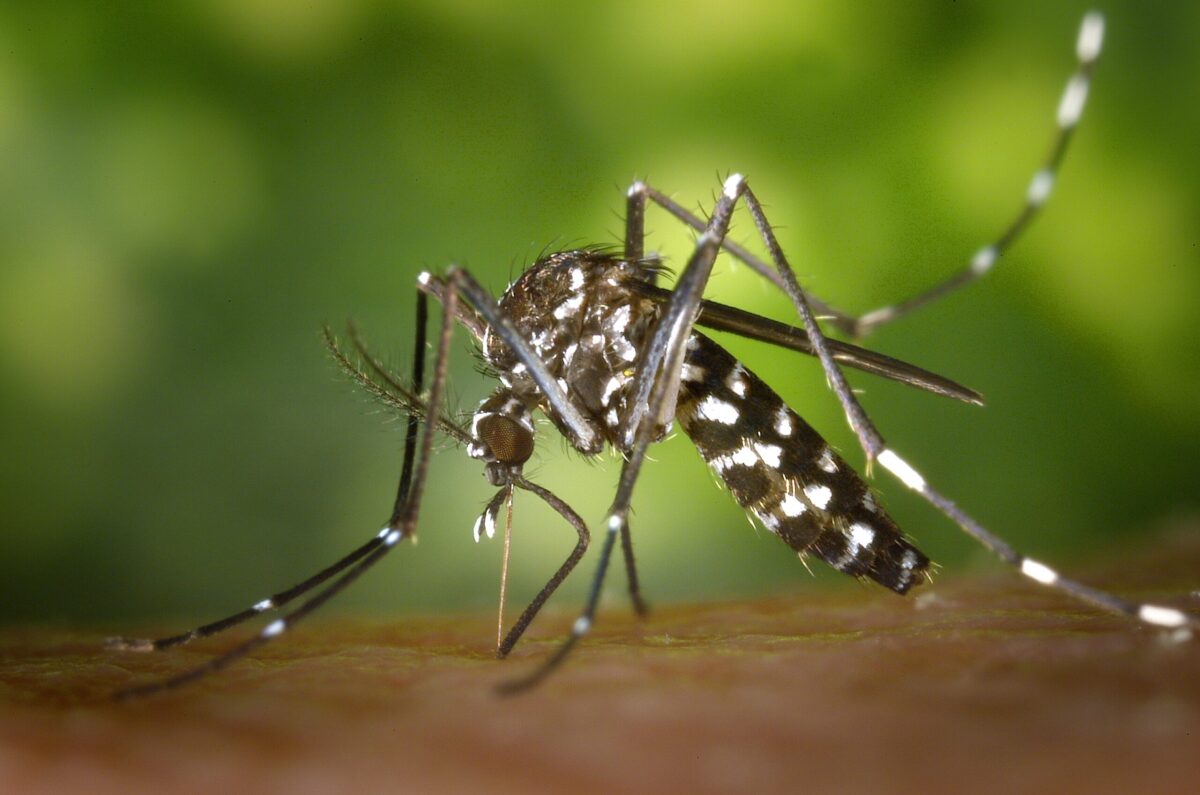
Identification: Black with bright white stripe down the back and banded legs.
Habitat: Common in shaded yards, parks, and near overwatered lawns. Breeds in small water-holding items.
Behavior: Active during the day; bites ankles and lower legs.
Health Risks: Can transmit West Nile, Zika, and dengue viruses.
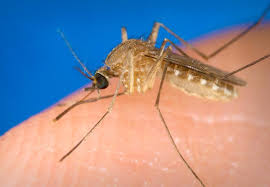
Identification: Light brown body with darker stripes across the abdomen.
Habitat: Found in stagnant water—storm drains, ditches, septic runoff, and old birdbaths.
Behavior: Bites at night; often enters homes.
Health Risks: Main vector of West Nile virus in North Texas.
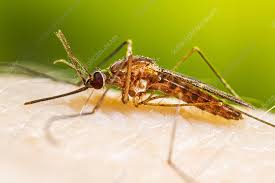
Identification: Medium-sized with four dark spots on each wing; rests at a 45° angle.
Habitat: Clean, slow-moving freshwater—like creeks and retention ponds.
Behavior: Active at dusk and dawn.
Health Risks: Former malaria vector, still causes itchy bites and thrives in wooded or semi-rural zones.
Far North Dallas experiences long, hot summers and mild winters, allowing mosquito and tick activity to start early in the spring and continue late into the fall. Thunderstorms, irrigation, and warm temperatures create standing water and moist environments ideal for mosquito breeding, while ticks flourish in shaded and overgrown areas.
Mosquitoes and Proximity to Water Features: Retention ponds, small creeks, and decorative backyard water features increase mosquito activity during warmer months.
Ticks and Dense Vegetation: Heavily landscaped neighborhoods, parks, and greenways offer ideal tick habitats during spring and fall.
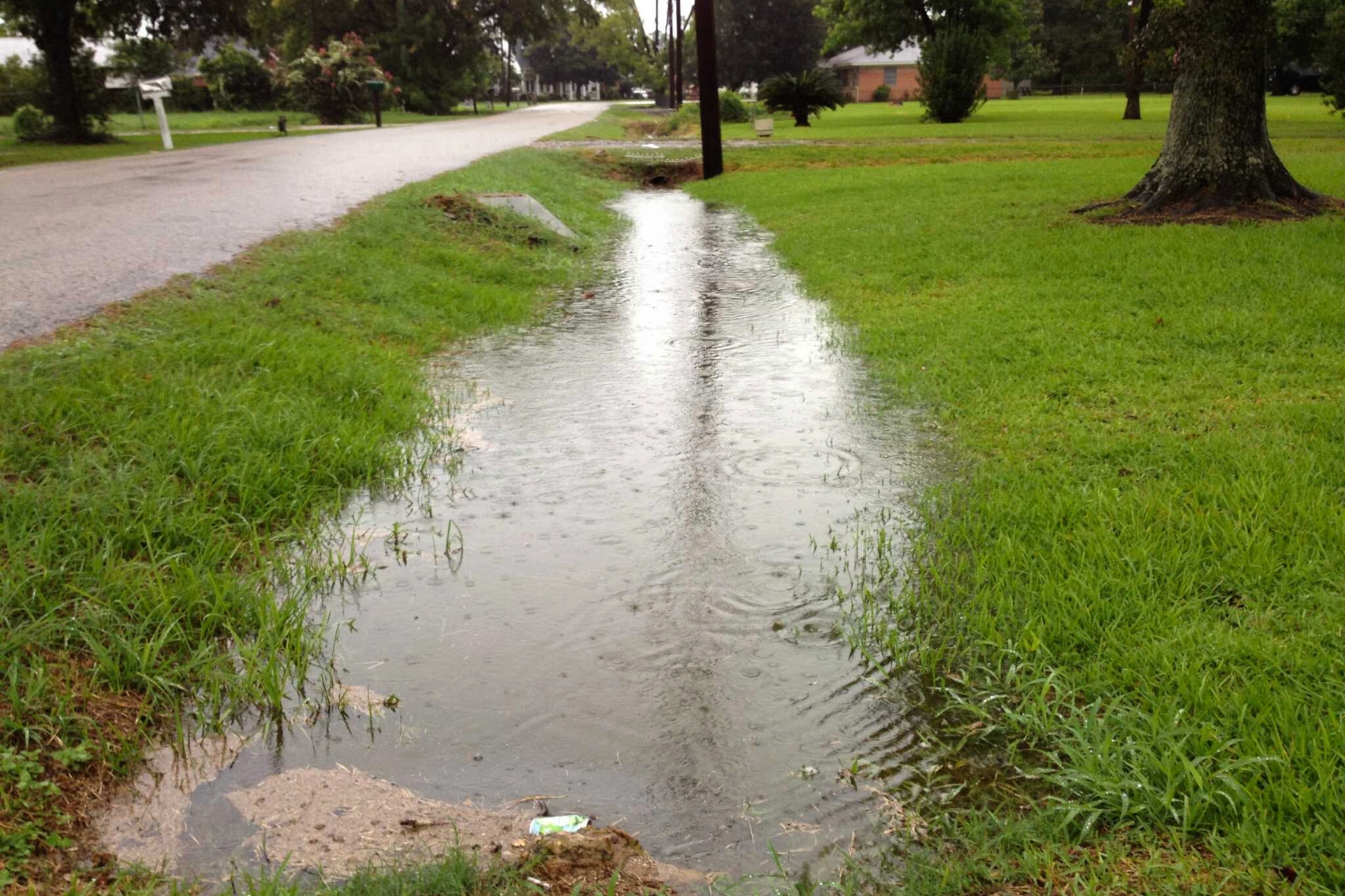
Why They’re a Problem:
Carpenter ants can damage wood structures
Fire ants deliver painful, venomous stings
Odorous house ants invade pantries and kitchens
Where We Find Them:
Along baseboards, window sills, and doorframes
In yard mounds or landscaping features
Under appliances and near plumbing
What Attracts Them?
Leftover food, especially sweets and proteins
Moisture from leaks, gutters, or AC units
Mulch beds, stone walkways, and pavement cracks

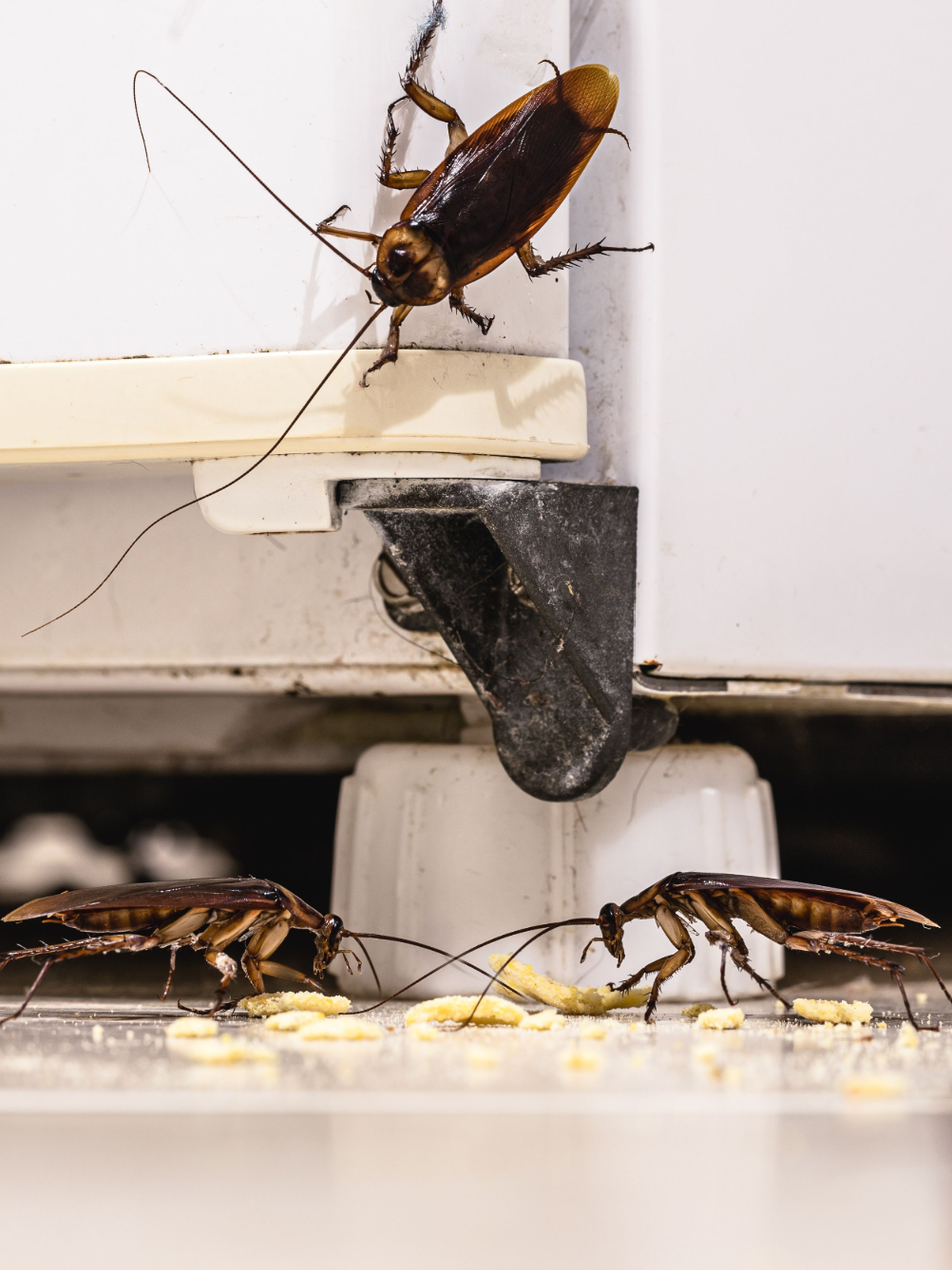
Where We Find Them:
Kitchens, bathrooms, and drains
Near trash areas and dumpsters
Around pet feeding stations or kennels
Why They’re a Problem:
Carry bacteria and pathogens
Lay eggs rapidly (up to 500 in a lifetime!)
Disrupt outdoor gatherings and food prep
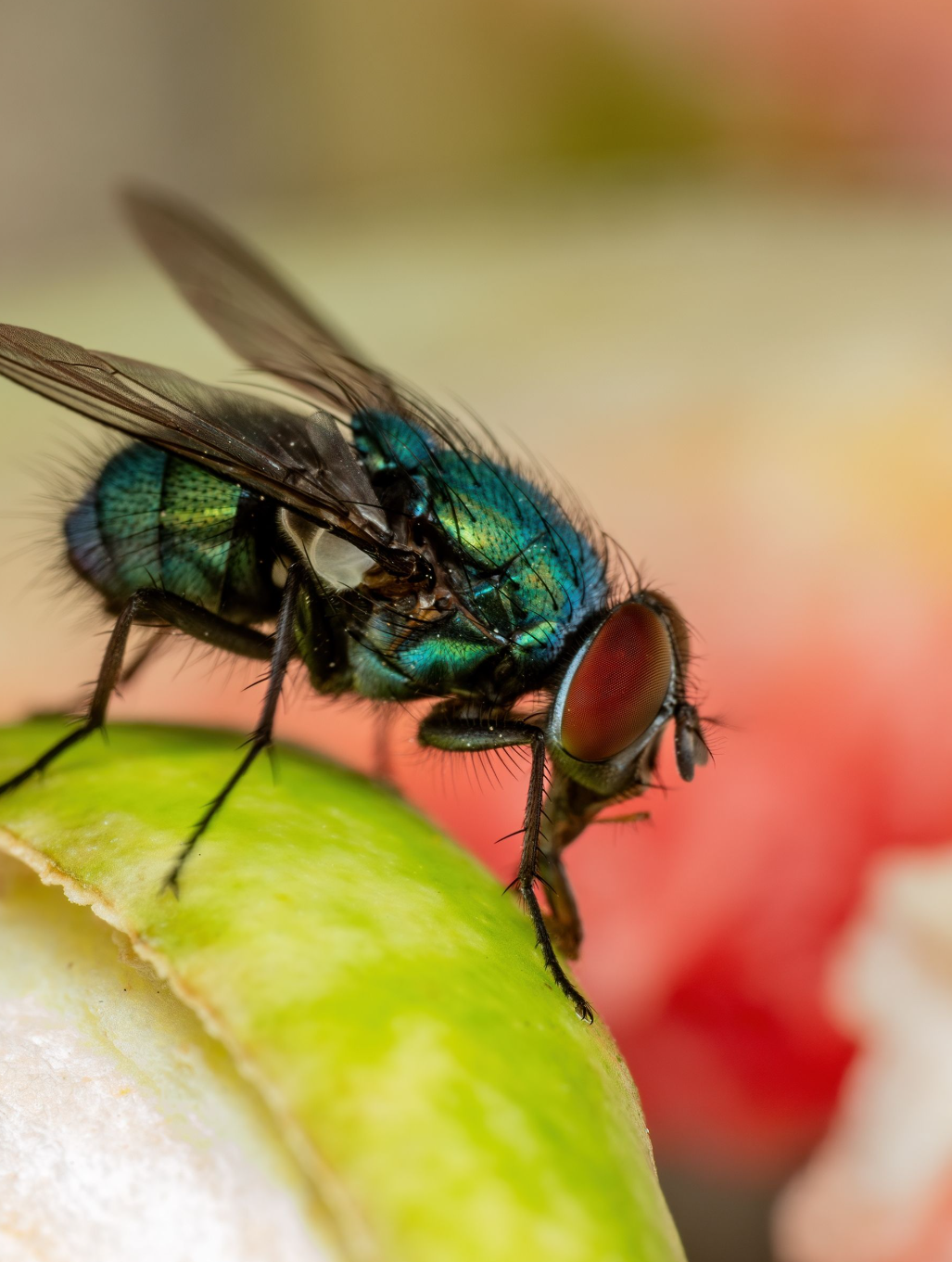
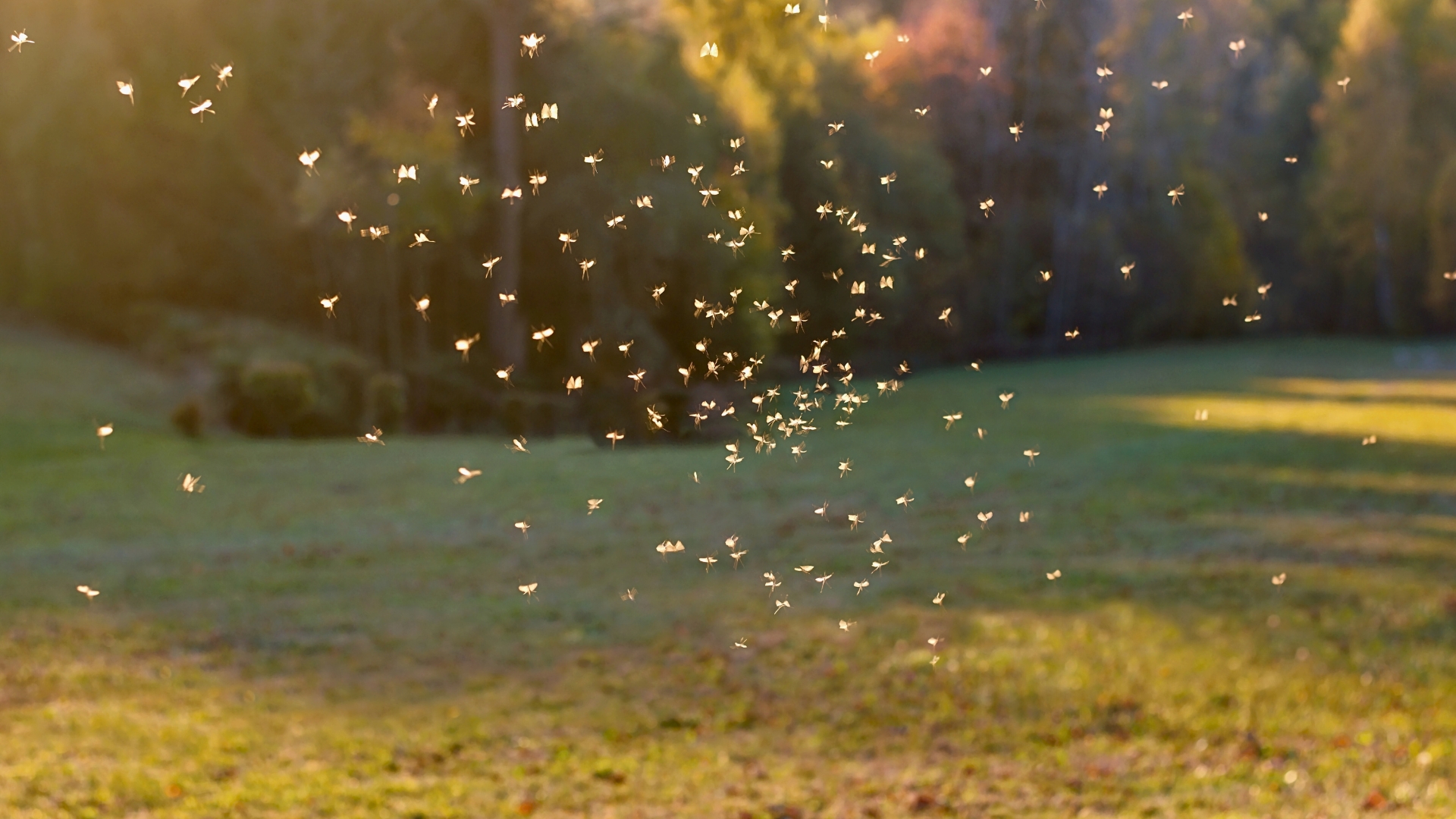
If you’re seeing more mosquitoes than expected, chances are good that their breeding grounds are closer than you think

Here’s why the season starts sooner and what you can do to stay ahead of it.
